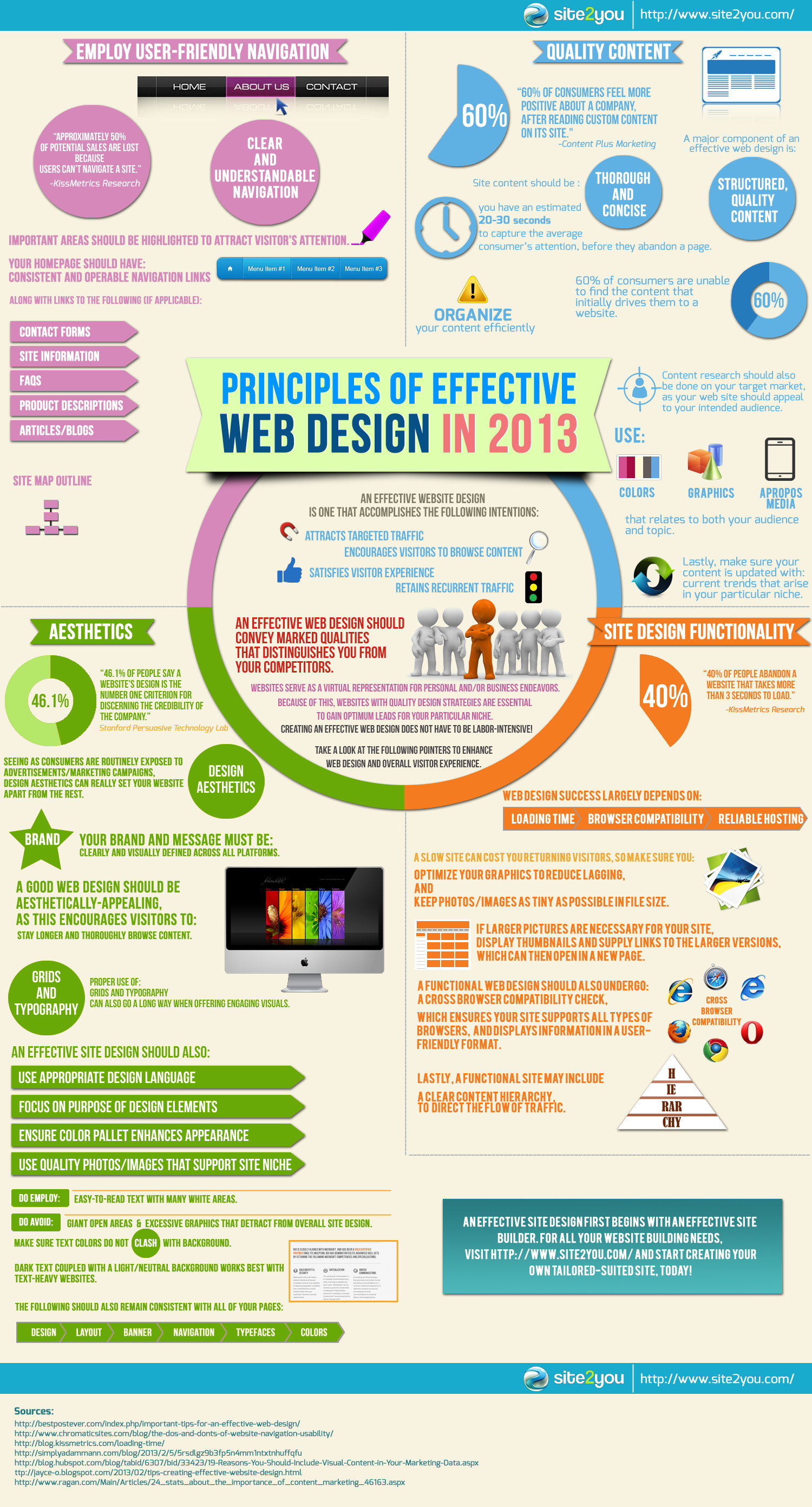Get Ready To Journey Via Time And Find How Sites Have Actually Ended Up Being Extra Sophisticated, Easy To Use, And Aesthetically Sensational
Get Ready To Journey Via Time And Find How Sites Have Actually Ended Up Being Extra Sophisticated, Easy To Use, And Aesthetically Sensational
Blog Article
Write-Up By-Thorsen Trolle
In the past, sites were easy and focused on info. Navigation was direct, and layout was for desktops. Now, customer experience is crucial. Information overviews styles for simple navigating. Receptive formats fit different devices. Today, dark mode reduces strain, and minimal menus improve navigating. Interactive functions engage individuals, and vibrant visuals stick out. AI combination improves interaction. See exactly how layout has developed to improve your on-line trip.
Very Early Days of Website Design
In the very early days of web design, simpleness reigned supreme. Websites were standard, with limited shades, font styles, and layouts. The emphasis was on offering info as opposed to fancy visuals. Individuals accessed the web through sluggish dial-up links, so rate and capability were essential.
Navigation menus were straightforward, generally situated at the top or side of the page. Sites were designed for computer, as mobile surfing had not been yet common. Content was king, and designers focused on very easy readability over intricate design elements.
HTML was the main coding language utilized, and designers had to work within its constraints. Animations and interactive functions were marginal compared to today's standards. Sites were fixed, with little vibrant material or individualized user experiences.
Increase of User-Focused Style
With the evolution of web site layout, a change towards user-focused layout principles has ended up being increasingly prominent. Today, developing websites that prioritize individual experience is critical for engaging site visitors and attaining organization objectives. User-focused design involves recognizing the requirements, preferences, and behaviors of your target market to customize the internet site's design, material, and includes accordingly.
Developers currently perform extensive study, such as customer surveys and usability testing, to gather understandings and comments straight from individuals. This data-driven technique assists in developing intuitive navigation, clear calls-to-action, and visually appealing user interfaces that resonate with visitors. By putting the user at the center of the style procedure, websites can provide a more personalized and enjoyable experience.
Receptive style has actually likewise become a vital facet of user-focused design, ensuring that web sites are optimized for various gadgets and display sizes. This versatility boosts accessibility and usability, dealing with the varied ways customers engage with sites today. Basically, the surge of user-focused design signifies a change in the direction of developing digital experiences that prioritize the requirements and assumptions of the end individual.
Modern Trends in Web Design
Discover the most up to date trends forming website design today. One popular fad is dark mode design, providing a streamlined and contemporary look while lowering eye stress in low-light environments. https://www.searchenginejournal.com/how-to-get-on-local-news/447397/ is minimal navigating, streamlining food selections and improving individual experience by concentrating on essential elements. Including micro-interactions, such as animated switches or scrolling effects, can create a more appealing and interactive site. Receptive style continues to be vital, making sure smooth user experiences throughout various gadgets. Furthermore, utilizing bold typography and asymmetrical formats can add visual rate of interest and draw attention to details content.
Integrating AI modern technology, like chatbots for client assistance or customized referrals, improves individual engagement and streamlines procedures. Access has also come to be a significant fad, with designers focusing on inclusive design methods to deal with diverse user requirements. Accepting sustainability by optimizing internet site performance for speed and efficiency is an additional arising fad in web design. Collaborating with individual feedback and information analytics to repeat and enhance layout constantly is necessary for staying relevant in the ever-evolving electronic landscape. By embracing these contemporary trends, you can create an aesthetically appealing, straightforward web site that reverberates with your audience.
Final thought
As you assess the advancement of web site style from the early days to now, you can see exactly how user-focused layout has become the driving pressure behind modern patterns.
Welcome the trip of adjustment and adjustment in web design, always keeping the individual experience at the forefront.
Tippingpointdigital
Keep existing with the most up to date fads and innovations, and never ever stop advancing your approach to create aesthetically magnificent and easy to use internet sites.
Evolve, adapt, and develop - the future of website design is in your hands.
